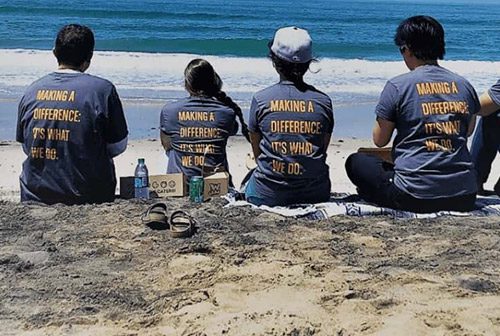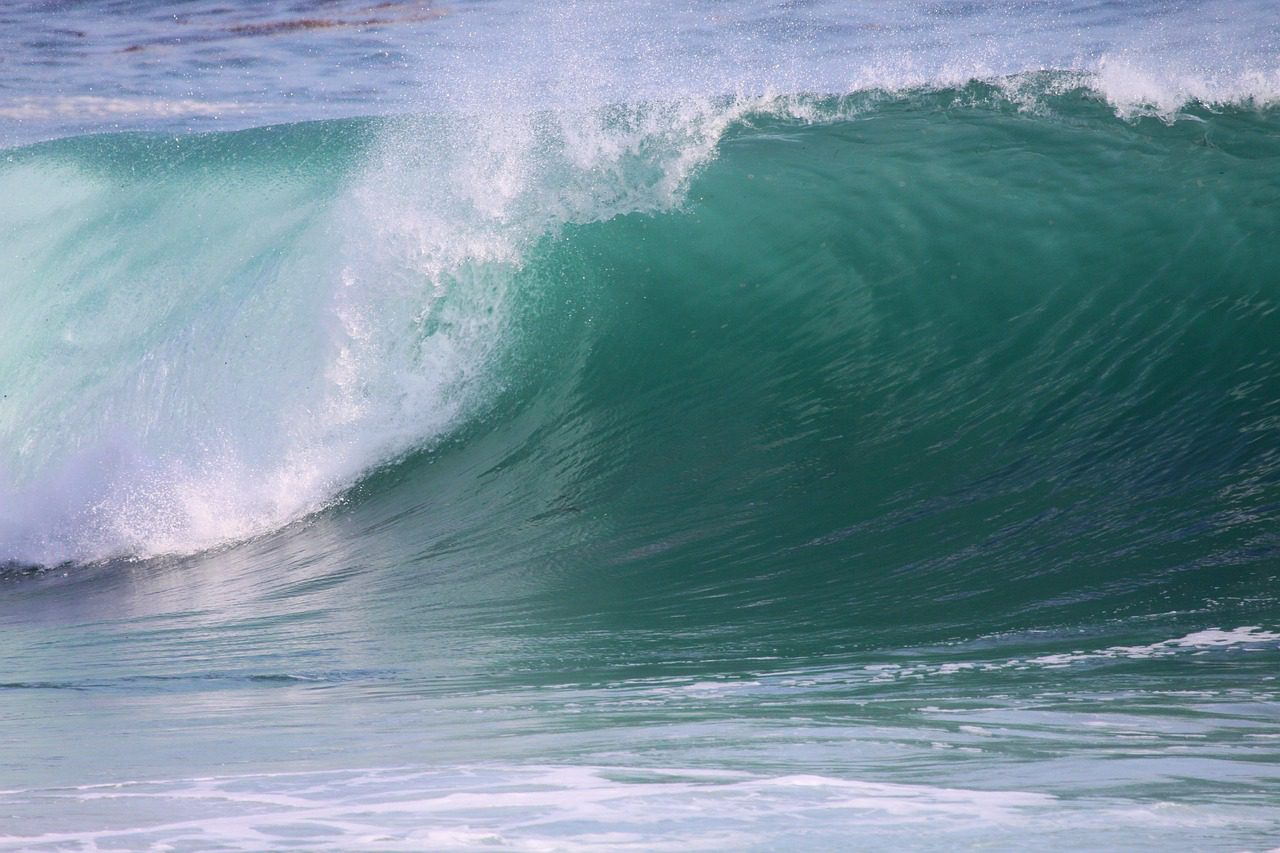I would like to share what is going on with the Los Penasquitos sewage spill from September 8. Since the spill, Coastkeeper conducted additional monitoring in the creek as well as in the lagoon. The last sampling we did out there was on Tuesday, Sept. 20, so these results are almost a week old. Additional sampling will be performed this week, now that the city has stopped their pumping (as of Friday, 2 p.m.).


As you can see the E. coli levels in the creek have dropped dramatically since the city started pumping the creek out. As of Tuesday, E. coli concentrations were still elevated downstream in the lagoon, flowing slowly to the tidal area of the lagoon.


Dissolved oxygen levels remain low for all sites. The oxygen concentrations in the normal sampling location in the creek are steadily rising but the lagoon site shows a decrease over time. This could be indicating that the sewage effects are slowly making its way down the lagoon, past the pumping area of the city. The red line in the chart above is the state standard of 5 mg/L, so all areas of the lagoon and creek still have some room for improvement.


Ammonia concentrations show a similar patter to Dissolved Oxygen. This further indicates that the negative effects of the sewage are slowly making its way down the stretch of the lagoon.
These results are alarming, but not unexpected. The sewage will flow downstream. Despite the city’s attempts to pump it down, it will affect the land that the creek flows into. In this case, the Los Penasquitos lagoon is classified as a State Park Preserve. According to its website, “This label, which is pinned to only the rarest and most fragile of the state owned lands, reflects the increasing concern of ecologists and wildlife managers for the progressive destruction of coastal wetlands, a habitat vital for the preservation of migratory waterfowl and certain species of fish and shellfish.” This habitat is extremely delicate, and this sewage spill further harms this ecosystem, which is already fairly stressed.
Fortunately, Coastkeeper continues its vigilance in monitoring, tracking, and responding to the spill.
To highlight San Diego Coastkeeper’s efforts in this spill thus far:
- Our monitors were the ones that discovered the effects of the spill. Without the efforts of our volunteer monitors, the effects of this spill would have been noticed days later, if at all.
- Our monitoring data was used to establish the baseline conditions of the creek. The city pumped down the creek until their monitoring showed that the creek had returned to baseline conditions. Since our volunteer monitors study such an extensive portion of the county, our data was the best the city had to compare to. It was our data that established those baseline conditions.
- We were the first ones to monitor the effects of the spill on the downstream lagoon. When we saw where the spill was and noticed the extremely fragile ecosystem immediately downstream, we performed follow-up testing in the creek. Governmental agencies have since asked for our data, since we have the earliest available monitoring data in the lagoon.
I will leave you with this video of one of the park rangers in the lagoon discussing the effects he has personally seen.















